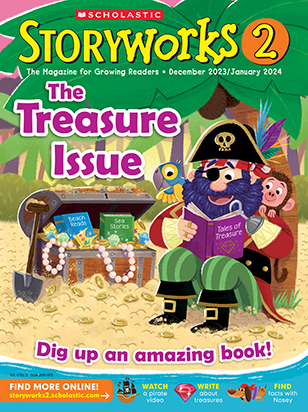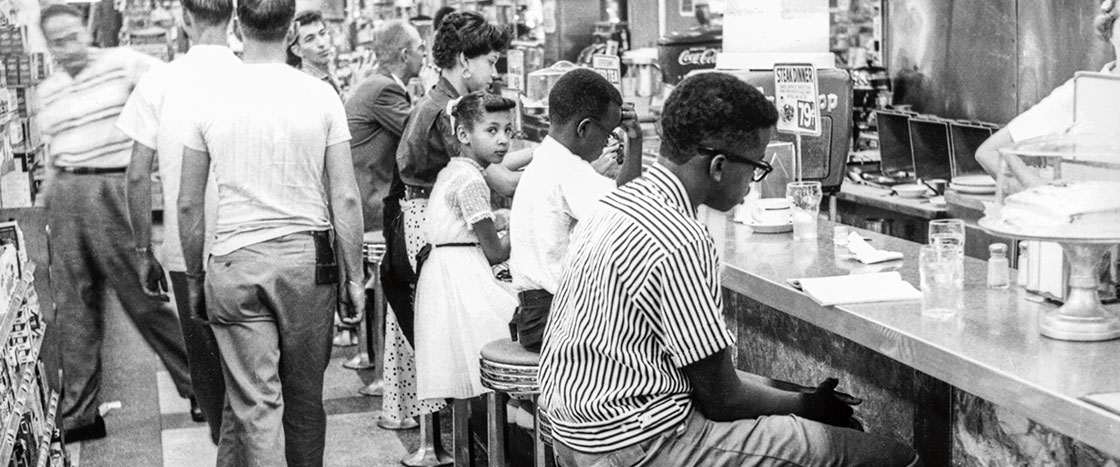It all started with a trip.
The year was 1958. A little girl named Ayanna Najuma was 7 years old. She and 19 other kids went on a trip far from their home in Oklahoma. They went up north to New York City.
In New York, the kids noticed something. White people and African American people could use the same water fountains. They could eat in the same restaurants. They could even sleep next door to each other in hotels.
It was 1958. Ayanna Najuma was 7 years old. She lived in Oklahoma. She and her friends went on a trip up north to New York City.
They noticed something. In New York, white people and African American people could do the same things.
It all started with a trip.
The year was 1958 and a little girl named Ayanna Najuma was 7 years old. She and 19 other kids went on an important trip far from their home in Oklahoma. They went up north to New York City.
In New York, the kids noticed that white people and African American people could use the same water fountains. They could eat in the same restaurants, and they could even sleep next door to each other in hotels.

